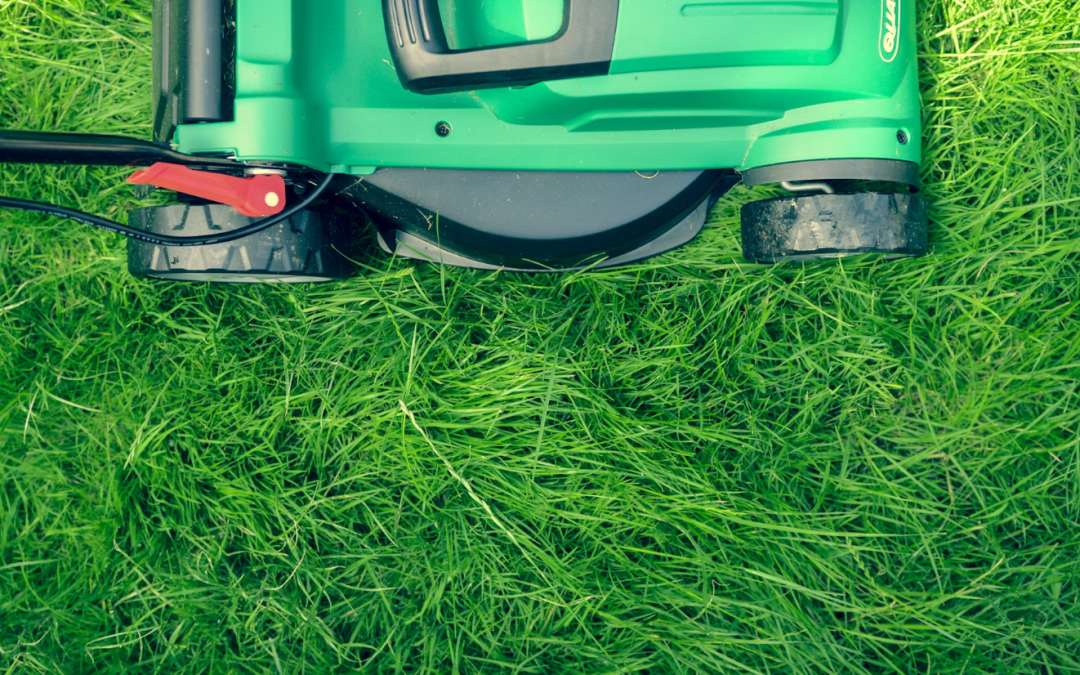Keeping a lawn healthy, lush, and attractive requires ongoing attention, especially when it comes to mowing. But the question that often arises is, “how often should you mow your lawn?” In this article, we will explore this question in detail and provide practical tips on lawn mowing frequency for each season, taking into account factors such as weather conditions and grass type.
Understanding the Basics of Lawn Mowing
Before diving into the specifics, it’s essential to understand the basic principles of lawn mowing. The frequency of mowing depends on several factors, including the type of grass, the season, and the weather conditions. A general rule of thumb is to mow your lawn every 4 to 10 days. However, it’s crucial to adjust this frequency according to the specific needs of your lawn.
The Importance of Regular Mowing
Regular mowing keeps your lawn healthy, attractive, and at a manageable length. It helps to prevent weeds, maintains an even grass height, and encourages denser growth. By cutting the grass at the right time and the right height, you can significantly contribute to its health and aesthetic appeal.
Seasonal Lawn Mowing Guide
The frequency of lawn mowing varies with each season due to changes in weather conditions and grass growth rates. Let’s delve into the specifics for each season.
Mowing in Spring
As the weather begins to warm up in spring, grass growth accelerates. Ideally, you should aim to mow your lawn every 5 to 7 days during this season. However, as soon as the weather starts to resemble summer conditions, it’s advisable to adjust your mowing schedule accordingly, regardless of the calendar date.
Mowing in Summer
During the hot summer months, you should generally mow your lawn every 7 to 10 days. However, during periods of extreme drought, you should wait around 10 to 14 days to mow.
Mowing in Fall
In autumn, the mowing frequency is similar to spring. You should aim to mow around every 5 to 7 days. But as the temperature starts to drop, your mowing frequency should decrease to every 7 or 10 days, eventually stopping entirely as winter approaches.
Lawn Mowing During Adverse Weather Conditions
Besides the seasonal variations, weather conditions also greatly influence how often you should mow your lawn. Here are some guidelines for mowing during wet weather and drought conditions.
Wet Weather
During periods of heavy rainfall, grass growth can accelerate, necessitating more frequent mowing.
Drought Conditions
In contrast, during a drought, grass growth slows down, and you should reduce your mowing frequency. It’s also advisable to keep the grass a bit longer during dry periods to shade the soil and help retain water.
Mowing Frequency Based on Grass Type
The type of grass you have can also influence how often you should mow. Cool season grass varieties, such as Kentucky bluegrass(which we have in Manitoba) and perennial ryegrass, grow quickly during spring and fall when there’s plenty of rainfall. In contrast, warm season grasses like Bermuda grass and zoysia grow most actively in late spring to summer.
The Role of Lawn Mower Maintenance
Proper maintenance of your lawn mower also plays a crucial role in determining mowing frequency. A well-maintained mower can handle more frequent mowing without getting damaged. Always ensure your mower blades are sharp and the machine is in good working condition.
Benefits of a Consistent Mowing Schedule
Keeping a consistent mowing schedule helps maintain your lawn’s appearance and health. Regular lawn care and mowing keeps the grass at a consistent height, which in turn keeps weeds at bay and promotes denser growth.
Final Thoughts
Determining how often to mow your lawn depends on a variety of factors, including the season, weather conditions, and grass type. By understanding these factors and adjusting your mowing routine accordingly, you can maintain a healthy, attractive lawn throughout the year. Remember, the goal is not only to keep your lawn looking good but also to promote its overall health and vitality.

